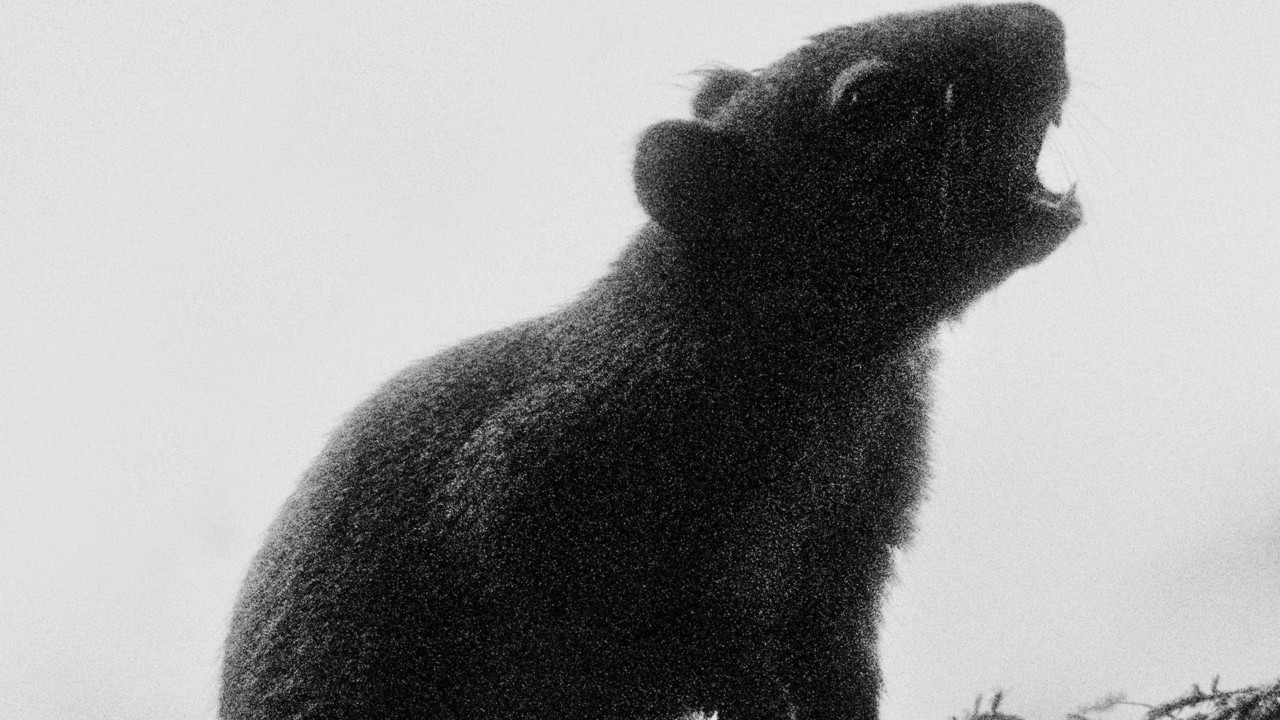

“Perhaps everything terrible, in its deepest being, is something that needs our love.”
When we think of animal companions, commonplace pets come to mind. But there is one animal that is as ubiquitous as we are, that has followed our every footstep: rats. Rodents of the genus Rattus have spread to every continent except for Antarctica. They dwell in urban areas, but also other ecosystems and have wreaked havoc on local species, even driving some to extinction. It’s no wonder they are subjects of fear and loathing. But are they not also worthy of redemption?
Part of why rats have spread so far and wide is that they are incredibly adaptive creatures. Their habitats are varied, from rainforests and fields to the basements and sewers where they have learned to live in our shadows—swarms of life thriving underground. They are also indiscriminate eaters; scientists found traces of 4,000 different items in one rat’s stomach. That’s one reason they love to live where we do: they know how to turn our trash into treasure.
Billions of rats exist in the world. In addition to their adaptability, this pervasiveness is also due to their sociability. While a female rat is fertile, she will mate as many as 500 times in six hours and is capable of having as many as 60 offspring and 15,000 descendents in a year. They live in large colonies, working together to create complex burrows. And they depend on the community for their wellbeing, too; studies have found social isolation to seriously harm individual rats.
Rats are so social that they have been observed displaying evidence of empathy—a characteristic otherwise seen only in highly intelligent large mammals like elephants, dolphins, and humans. In labs, they have been found to catch feelings, what scientists have referred to as “emotional contagion.” In other words, they can be highly perceptive to each other’s state of mind. They will even give up rewards to help their fellow rats, and liberate one another from their cages.
While they are implicated in the spread of around 40 illnesses, including bubonic plague and murine typhus, it’s actually the lice and fleas on rats that carry them. And as much as we see rats as arbiters of affliction, they have also improved human health in medical research, having contributed enormously to cardiovascular medicine, neural regeneration, wound healing, and diabetes. This is because almost all human genes associated with diseases can be found in rats.
For over a century, scientists have been placing rats in mazes in order to assess their cognition, and see what they can teach us about problem-solving, learning, and memory. Well-trained rats can solve these puzzles efficiently and without error. But of all the redeeming qualities of these creatures, perhaps the most surprising that has come from these experiments is that they are dreamers. In addition to running mazes while awake, they will run the same ones while they sleep—possibly using the unconscious to problem-solve. And they dream of future rewards, too.
A “rat’s nest” refers to an inescapably tangled and complex situation. As hard as it might be to see ourselves in these rodents, I can’t imagine a more fitting description for how it feels to be human. We are all twisted here together. And yet how often do we dismiss one another as treacherous? Perhaps if we could look into a rat’s eyes and see it as something worthy of our love, we might just be able to do the same for each other. Maybe that’s where redemption waits.
Rat’s Nest